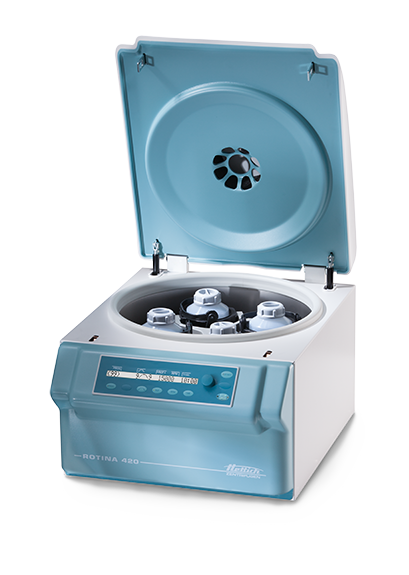
If not used accordingly, a clinical centrifuge can be a dangerous piece of equipment. One of the biggest concerns when using a centrifuge is the potential for damage and injury if the rotor fails. Injury can also occur if a user comes in contact with a moving part while the device is in use.
Even with built in safety features, it is also important for users to take precautions when using a centrifuge. To ensure safety while using a clinical centrifuge, keep the following basics in mind:
- Use the device on a level surface. An uneven surface can cause the rotor to become imbalanced. It is also recommended that the device is placed on a stable surface to minimize vibration.
- Check the centrifuge before use. Long-term exposure to salts, moisture, and other aggressive chemicals can cause the rotor and buckets to corrode. If left unattended, small holes can develop. Corrosion can make the centrifuge unsafe to operate. In other cases, it can also lead to rotor failure.
- Inspect the tubes before use. Centrifuge tubes should be rated for speed, chemical resistance, and temperature. Before using the tubes, you need to check if they are compatible with the settings and application. You need to also check the condition of the tubes before use as even a tiny fracture can cause the tube to break easily.
- Check the maximum speed and load tolerance. Manufacturers will specify the maximum load tolerance and speed so this is something you need to take note of. Overloading a centrifuge can result in mechanical failure and damage to the centrifuge, which might injure the user.







